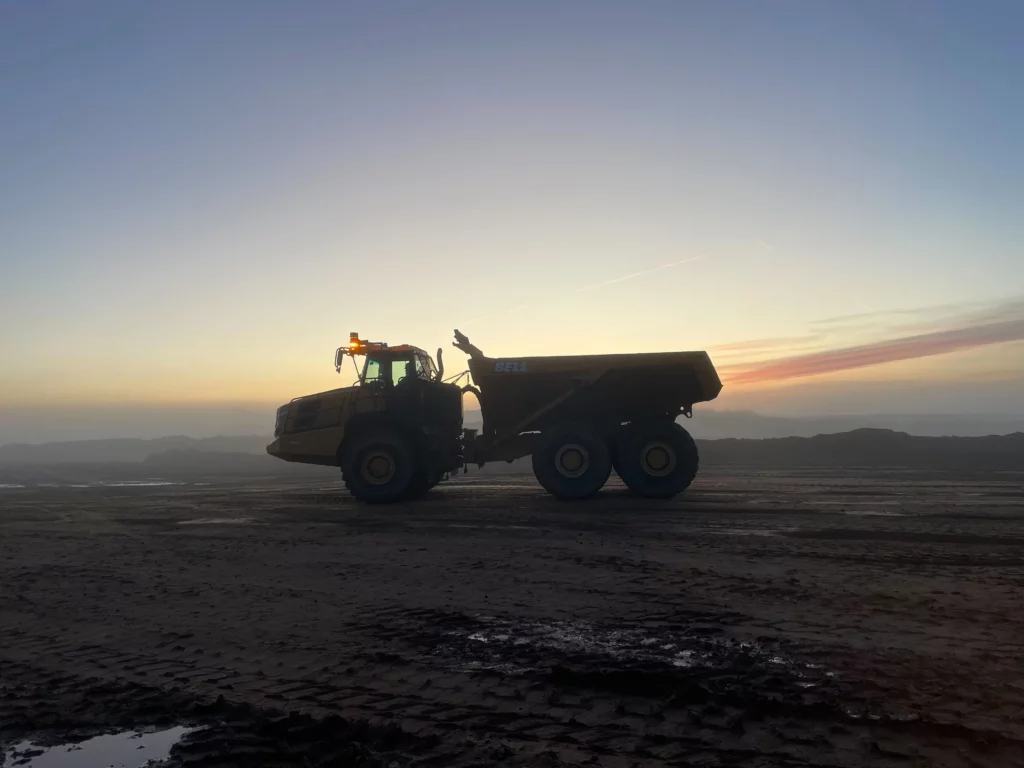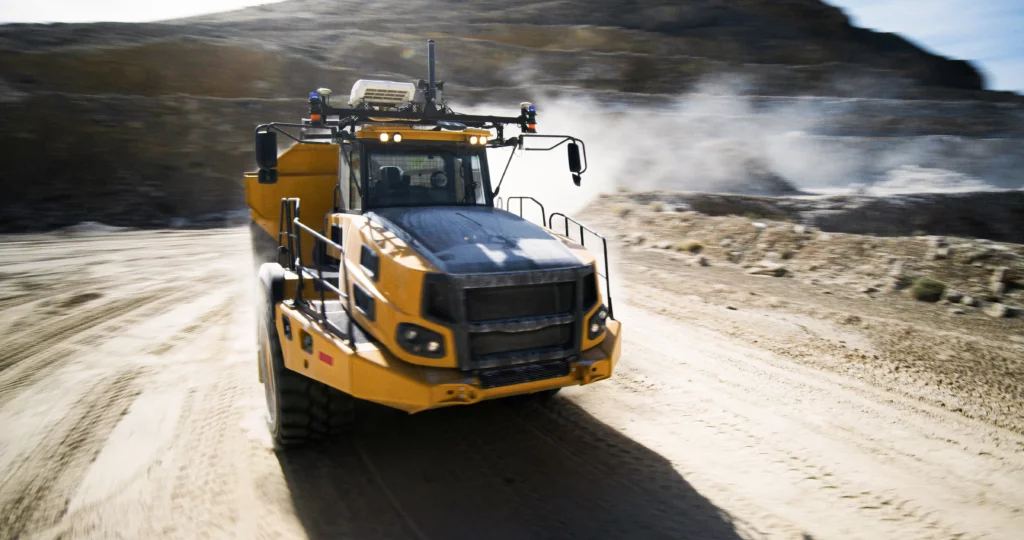Frequently Asked Questions
Autonomous Haulage Systems Safety and Regulations
Is it safe?
Yes, it is very safe. There are multiple redundant systems such as collision threat assessment, visual and communication monitoring and route programming that ensures safety while operating.
Are there any USA regulations pertaining to autonomous trucks?
There currently are no regulations for autonomy. Pronto practices a safety first culture. Pronto is not certified, but we comply with all applicable safety regulations, all applicable engineering ISO standards and operational safety standards. We request voluntary courtesy inspections and voluntarily share data and go beyond compliance requirements. We are very transparent with our adherence to vehicle safety regulations. MSHA, at the national level and local level, is very supportive of autonomous developments.
Is there a Pronto work/demo site?
Pronto has active sites - A Bell B50E is running a production loop every day at an active quarry in Northern California hauling at rate of 500,000 tonnes per annum, and a proving ground in the San Francisco Bay Area where three Bell B45Es are running a simulated production loop. In Q3 there will be 2 Bell B45s in a quarry in Texas. By Q4 2022 Pronto will also have a three-truck production / demonstration site at an active quarry in central Florida. Pronto and Bell are prepared to demonstrate AHS at your site.
Have there been any application studies in the USA with autonomous Bell trucks?
Autonomy has been going on since the 90’s. It’s safe and is now available to the United States where Pronto and Bell are providing the operational and safety advantages that AHS provides to the aggregate, quarry and mining industries. We are currently running our autonomous technology in Nevada, and California and soon we’ll be deploying in the SouthEast of Florida. Autonomy is well-established in mining with over 1000 ultra class, 300+ ton autonomous vehicles running globally, and moving approximately 2 billion tonnes annually. Now Pronto and Bell are making autonomy available to smaller payload fleets.
Implementation
Is this brand or equipment specific?
Pronto’s technology is designed to be brand and model agnostic.
Is this a fully autonomous system without a human operator?
Yes, Pronto’s technology is currently operating as a true “Level 4” autonomous system in production environments, i.e., trucks are operating fully unmanned.
What is the process for a typical fitout?
- At a base level, we will have the prospect fill out a site criteria questionnaire.
- We’ll schedule a site assessment for a more in-depth understanding of the site, haul route, and connectivity requirements etc.
- Our engineers will install our “data logger” on the vehicle(s) that are to be automated.
- The “data logger” will be installed for 2 - 4 weeks (max) collecting vehicle and route data.
- Once we’ve collected sufficient data and have reviewed it, we will discuss pricing and the deployment timeline with the customer.
- Our engineers will then install the Pronto system on each vehicle. Depending on the site, and number of vehicles, the installation can take 1-3 days, but can mostly be done in one day.
What needs to be installed on the equipment?
In order to retrofit a truck, Pronto’s technology only requires the integration of a drive-by-wire kit, the control unit, antennas (for communications and GPS), and cameras. The installation can be completed in 1-2 days.
What are the current plans/timeframe to fully introduce and deliver autonomous trucks to the USA?
Currently, there are autonomous Bell trucks running in California and Nevada with plans for a multi-unit deployment in Florida in the near future and a demo in Texas. We are scoping out several sites for interested early adopter customers and will be revealing subsequent deployments in the near future. Bell Trucks America is very cognizant of the importance of dealer support, so new autonomous rollouts will be serviceable through their established dealer network and Pronto AI.
Operational and Technical
Does your system perform failure analysis on components or systems?
Yes, the system is able to detect if a sensor or component is failing.
What environmental testing has the system undergone?
The system hardware has been tested in arctic and high-heat environments. Min/max operating temperatures: -40C/+85C. Vibration and/or shock: 10G shock, 2G rms vibe.
How can you ensure that the system sees through dust and in obscure weather conditions?
Our technology is generally capable of operating in the same environments that humans are capable of operating in. We set limits on the environmental conditions in which our technology can safely operate.
Why is Pronto primarily a computer vision based system? What are the advantages over radar and lidar?
Cameras are the only sensors (in addition to GPS) needed by our technology. Our design philosophy is that lidar and radar do not provide any incremental benefits, and are more prone to false positives in mining environments where rough terrain and dust are common operating conditions.
Can the route be changed?
Defining a route is as simple as having a human driver drive it once while the Pronto system is trained - once a route is mapped, the technology can replicate it and be controlled from our mobile phone application.
Can the Pronto system interact with other vehicles?
Yes - Pronto also provides “rovers” that can be mounted to other vehicles on sites that help the autonomous vehicles identify and navigate around other non-automated vehicles.


